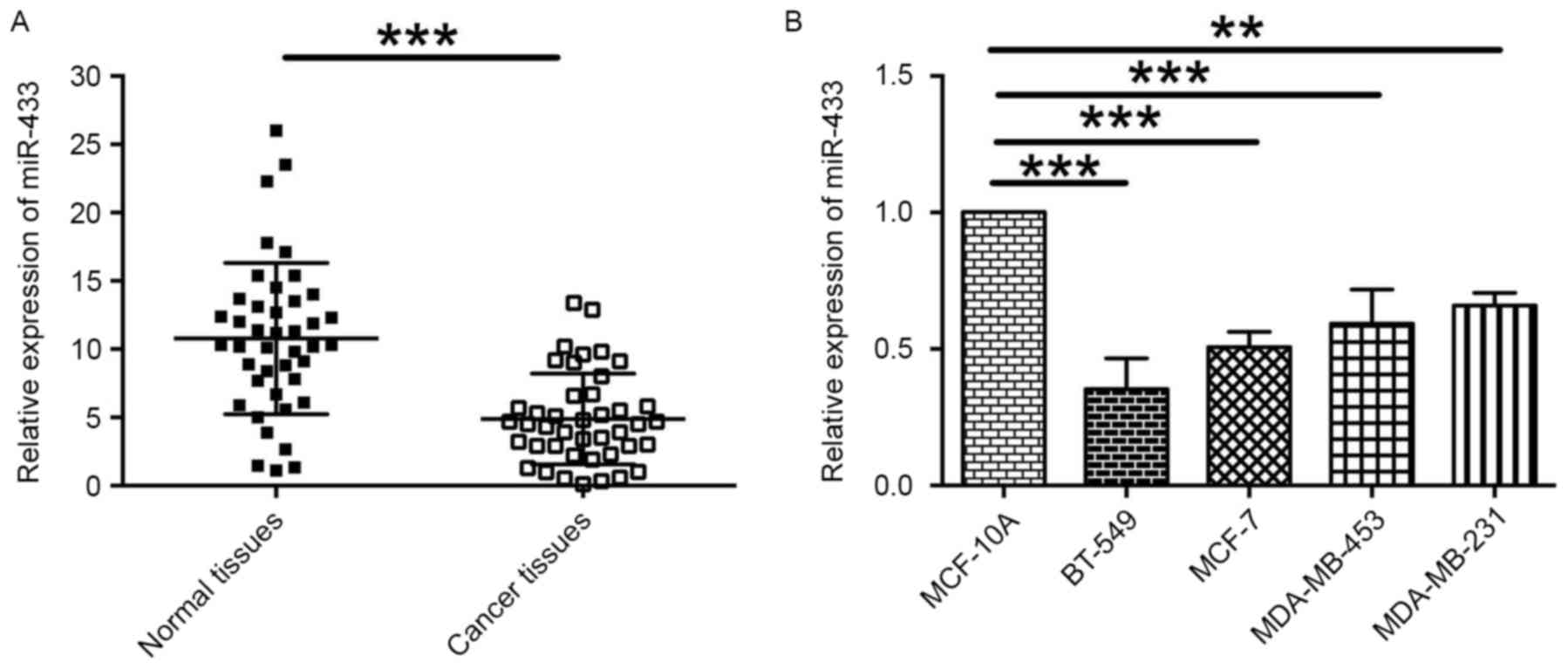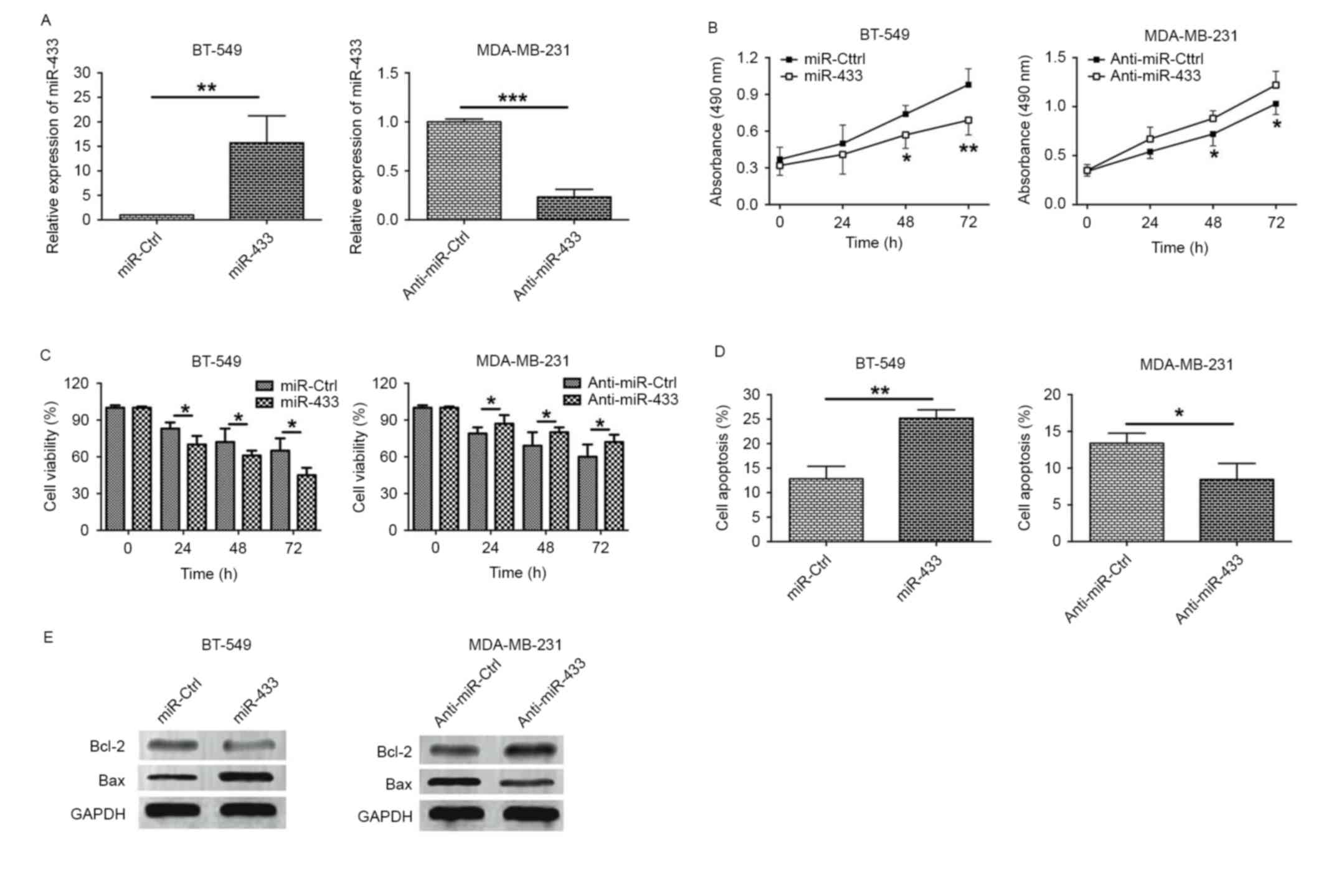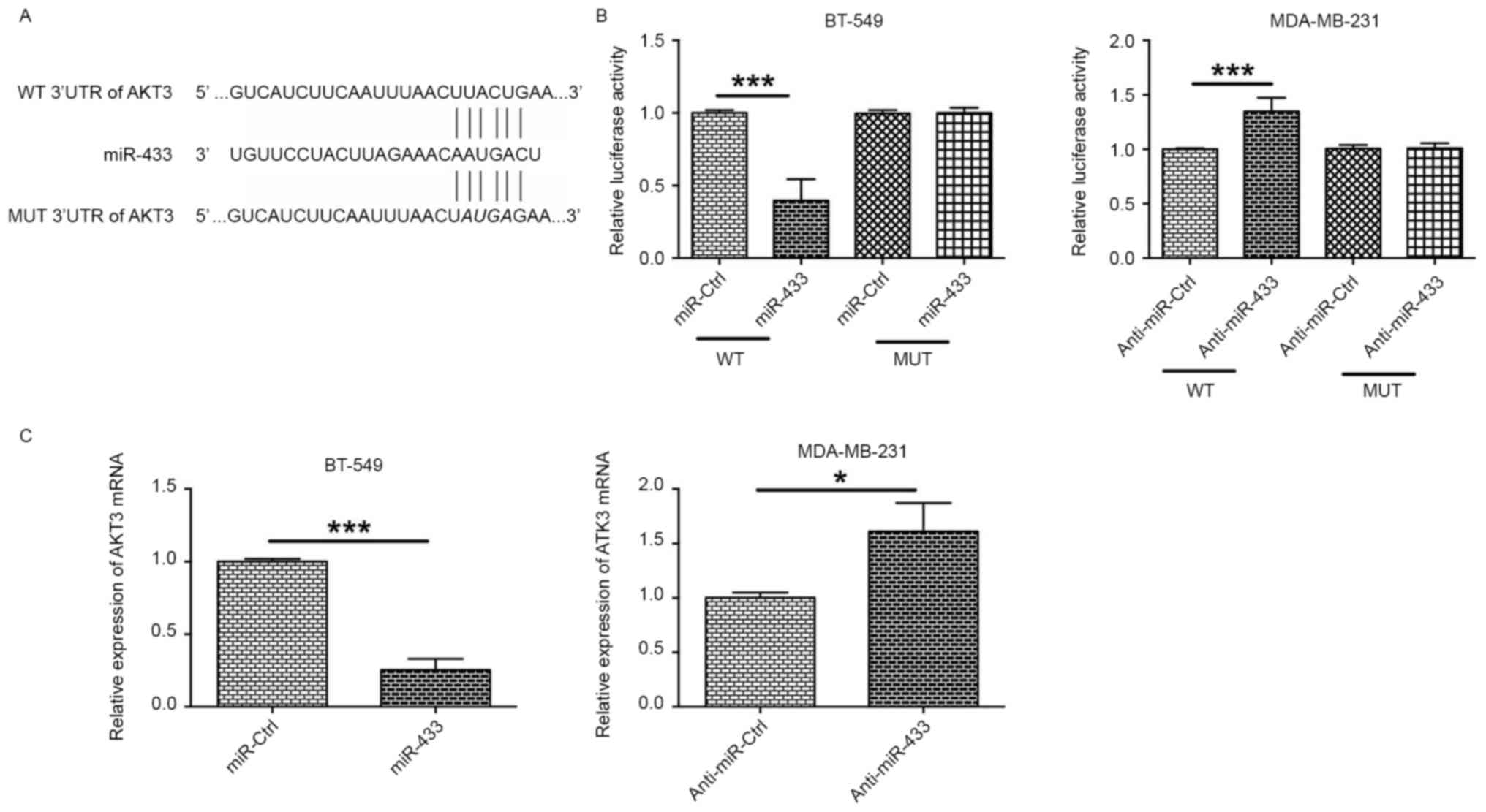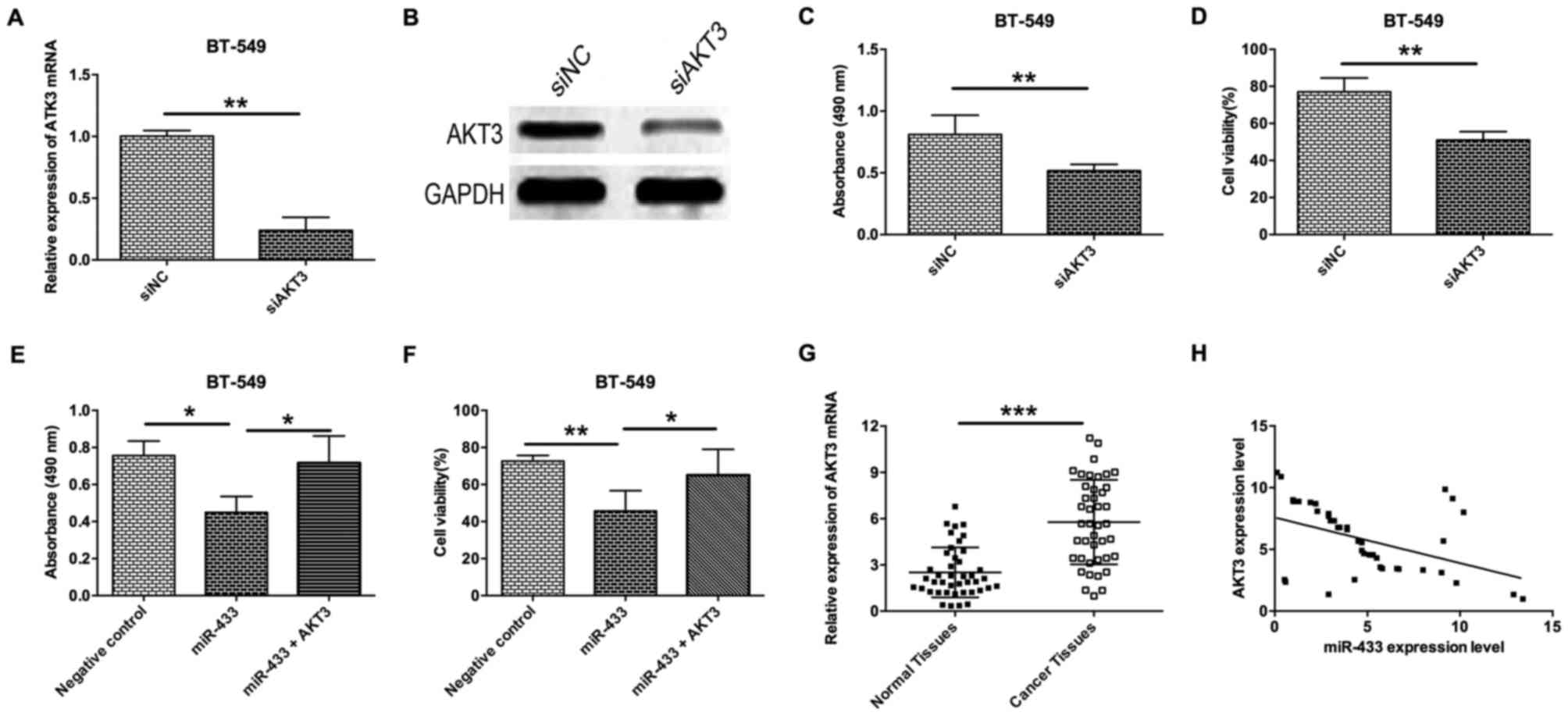|
1
|
Rudolph A, Chang-Claude J and Schmidt MK:
Gene-environment interaction and risk of breast cancer. Br J
Cancer. 114:125–133. 2016. View Article : Google Scholar : PubMed/NCBI
|
|
2
|
Li C, Yang L, Zhang D and Jiang W:
Systematic review and meta-analysis suggest that dietary
cholesterol intake increases risk of breast cancer. Nutr Res.
36:627–635. 2016. View Article : Google Scholar : PubMed/NCBI
|
|
3
|
Srivastava S, Reid BJ, Ghosh S and Kramer
BS: Research needs for understanding the biology of overdiagnosis
in cancer screening. J Cell Physiol. 231:1870–1875. 2016.
View Article : Google Scholar : PubMed/NCBI
|
|
4
|
Golubnitschaja O, Debald M, Yeghiazaryan
K, Kuhn W, Pešta M, Costigliola V and Grech G: Breast cancer
epidemic in the early twenty-first century: Evaluation of risk
factors, cumulative questionnaires and recommendations for
preventive measures. Tumour Biol. 37:12941–12957. 2016. View Article : Google Scholar : PubMed/NCBI
|
|
5
|
Sonnenblick A, Pondé N and Piccart M:
Metastatic breast cancer: The Odyssey of personalization. Mol
Oncol. 10:1147–1159. 2016. View Article : Google Scholar : PubMed/NCBI
|
|
6
|
Tzanninis IG, Kotteas EA,
Ntanasis-Stathopoulos I, Kontogianni P and Fotopoulos G: Management
and outcomes in metaplastic breast cancer. Clin Breast Cancer.
16:437–443. 2016. View Article : Google Scholar : PubMed/NCBI
|
|
7
|
Hemmatzadeh M, Mohammadi H, Jadidi-Niaragh
F, Asghari F and Yousefi M: The role of oncomirs in the
pathogenesis and treatment of breast cancer. Biomed Pharmacother.
78:129–139. 2016. View Article : Google Scholar : PubMed/NCBI
|
|
8
|
Pinweha P, Rattanapornsompong K,
Charoensawan V and Jitrapakdee S: MicroRNAs and oncogenic
transcriptional regulatory networks controlling metabolic
reprogramming in cancers. Comput Struct Biotechnol J. 14:223–233.
2016. View Article : Google Scholar : PubMed/NCBI
|
|
9
|
Leung AK: The Whereabouts of microRNA
Actions: Cytoplasm and beyond. Trends Cell Biol. 25:601–610. 2015.
View Article : Google Scholar : PubMed/NCBI
|
|
10
|
Li X, Yang L, Shuai T, Piao T and Wang R:
MiR-433 inhibits retinoblastoma malignancy by suppressing Notch1
and PAX6 expression. Biomed Pharmacother. 82:247–255. 2016.
View Article : Google Scholar : PubMed/NCBI
|
|
11
|
Weiner-Gorzel K, Dempsey E, Milewska M,
McGoldrick A, Toh V, Walsh A, Lindsay S, Gubbins L, Cannon A,
Sharpe D, et al: Overexpression of the microRNA miR-433 promotes
resistance to paclitaxel through the induction of cellular
senescence in ovarian cancer cells. Cancer Med. 4:745–758. 2015.
View Article : Google Scholar : PubMed/NCBI
|
|
12
|
Wang XC, Ma Y, Meng PS, Han JL, Yu HY and
Bi LJ: miR-433 inhibits oral squamous cell carcinoma (OSCC) cell
growth and metastasis by targeting HDAC6. Oral Oncol. 51:674–682.
2015. View Article : Google Scholar : PubMed/NCBI
|
|
13
|
Guo LH, Li H, Wang F, Yu J and He JS: The
tumor suppressor roles of miR-433 and miR-127 in gastric cancer.
Int J Mol Sci. 14:14171–14184. 2013. View Article : Google Scholar : PubMed/NCBI
|
|
14
|
Tan Y, Ge G, Pan T, Wen D, Chen L, Yu X,
Zhou X and Gan J: A serum microRNA panel as potential biomarkers
for hepatocellular carcinoma related with hepatitis B virus. PLoS
One. 9:e1079862014. View Article : Google Scholar : PubMed/NCBI
|
|
15
|
Del Vescovo V, Meier T, Inga A, Denti MA
and Borlak J: A cross-platform comparison of affymetrix and Agilent
microarrays reveals discordant miRNA expression in lung tumors of
c-Raf transgenic mice. PLoS One. 8:e788702013. View Article : Google Scholar : PubMed/NCBI
|
|
16
|
Xu X, Zhu Y, Liang Z, Li S, Xu X, Wang X,
Wu J, Hu Z, Meng S, Liu B, et al: c-Met and CREB1 are involved in
miR-433-mediated inhibition of the epithelial-mesenchymal
transition in bladder cancer by regulating Akt/GSK-3β/Snail
signaling. Cell Death Dis. 7:e20882016. View Article : Google Scholar : PubMed/NCBI
|
|
17
|
Livak KJ and Schmittgen TD: Analysis of
relative gene expression data using real-time quantitative PCR and
the 2(-Delta Delta C(T)) method. Methods. 25:402–408. 2001.
View Article : Google Scholar : PubMed/NCBI
|
|
18
|
Bellacosa A, Kumar CC, Di Cristofano A and
Testa JR: Activation of AKT kinases in cancer: Implications for
therapeutic targeting. Adv Cancer Res. 94:29–86. 2005. View Article : Google Scholar : PubMed/NCBI
|
|
19
|
Luo H, Zhang H, Zhang Z, Zhang X, Ning B,
Guo J, Nie N, Liu B and Wu X: Down-regulated miR-9 and miR-433 in
human gastric carcinoma. J Exp Clin Cancer Res. 28:822009.
View Article : Google Scholar : PubMed/NCBI
|
|
20
|
Wang K, Li L, Wu J, Qiu Q, Zhou F and Wu
H: The different expression profiles of microRNAs in elderly and
young human dental pulp and the role of miR-433 in human dental
pulp cells. Mech Ageing Dev 146–148. 1–11. 2015. View Article : Google Scholar
|
|
21
|
Dillon RL and Muller WJ: Distinct
biological roles for the akt family in mammary tumor progression.
Cancer Res. 70:4260–4264. 2010. View Article : Google Scholar : PubMed/NCBI
|
|
22
|
Chin YR and Toker A: Function of Akt/PKB
signaling to cell motility, invasion and the tumor stroma in
cancer. Cell Signal. 21:470–476. 2009. View Article : Google Scholar : PubMed/NCBI
|
|
23
|
Sultana A, Idress R, Naqvi ZA, Azam I,
Khan S, Siddiqui AA and Lalani EN: Expression of the androgen
receptor, pAkt, and pPTEN in breast cancer and their potential in
prognostication. Transl Oncol. May 12–2014.(Epub ahead of print).
View Article : Google Scholar : PubMed/NCBI
|
|
24
|
Chin YR, Yoshida T, Marusyk A, Beck AH,
Polyak K and Toker A: Targeting Akt3 signaling in triple-negative
breast cancer. Cancer Res. 74:964–973. 2014. View Article : Google Scholar : PubMed/NCBI
|
|
25
|
Grottke A, Ewald F, Lange T, Nörz D,
Herzberger C, Bach J, Grabinski N, Gräser L, Höppner F, Nashan B,
et al: Downregulation of AKT3 increases migration and metastasis in
triple negative breast cancer cells by upregulating S100A4. PLoS
One. 11:e01463702016. View Article : Google Scholar : PubMed/NCBI
|
|
26
|
Mosquera JM, Varma S, Pauli C, MacDonald
TY, Yashinskie JJ, Varga Z, Sboner A, Moch H, Rubin MA and Shin SJ:
MAGI3-AKT3 fusion in breast cancer amended. Nature. 520:E11–E12.
2015. View Article : Google Scholar : PubMed/NCBI
|
|
27
|
O'Hurley G, Daly E, O'Grady A, Cummins R,
Quinn C, Flanagan L, Pierce A, Fan Y, Lynn MA, Rafferty M, et al:
Investigation of molecular alterations of AKT-3 in triple-negative
breast cancer. Histopathology. 64:660–670. 2014. View Article : Google Scholar : PubMed/NCBI
|
|
28
|
Stottrup C, Tsang T and Chin YR:
Upregulation of AKT3 confers resistance to the AKT inhibitor MK2206
in breast cancer. Mol Cancer Ther. 15:1964–1974. 2016. View Article : Google Scholar : PubMed/NCBI
|
|
29
|
Waugh MG: Amplification of chromosome 1q
genes encoding the phosphoinositide signalling enzymes PI4KB, AKT3,
PIP5K1A and PI3KC2B in breast cancer. J Cancer. 5:790–796. 2014.
View Article : Google Scholar : PubMed/NCBI
|













